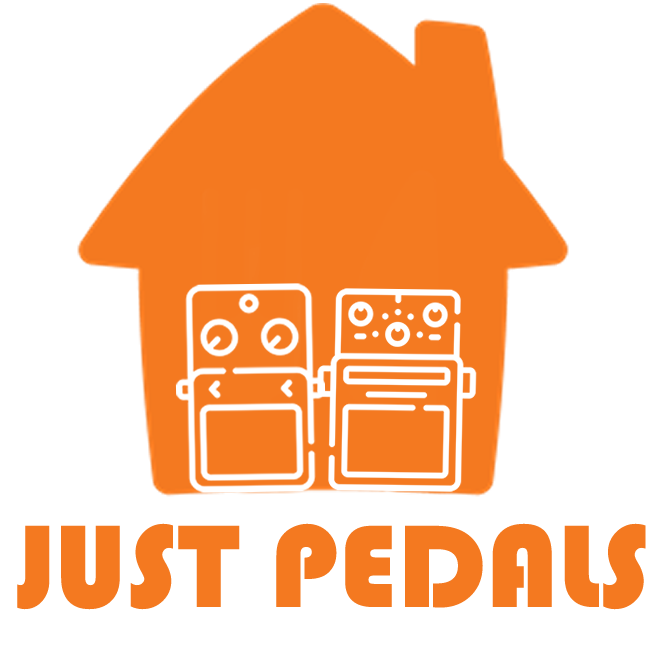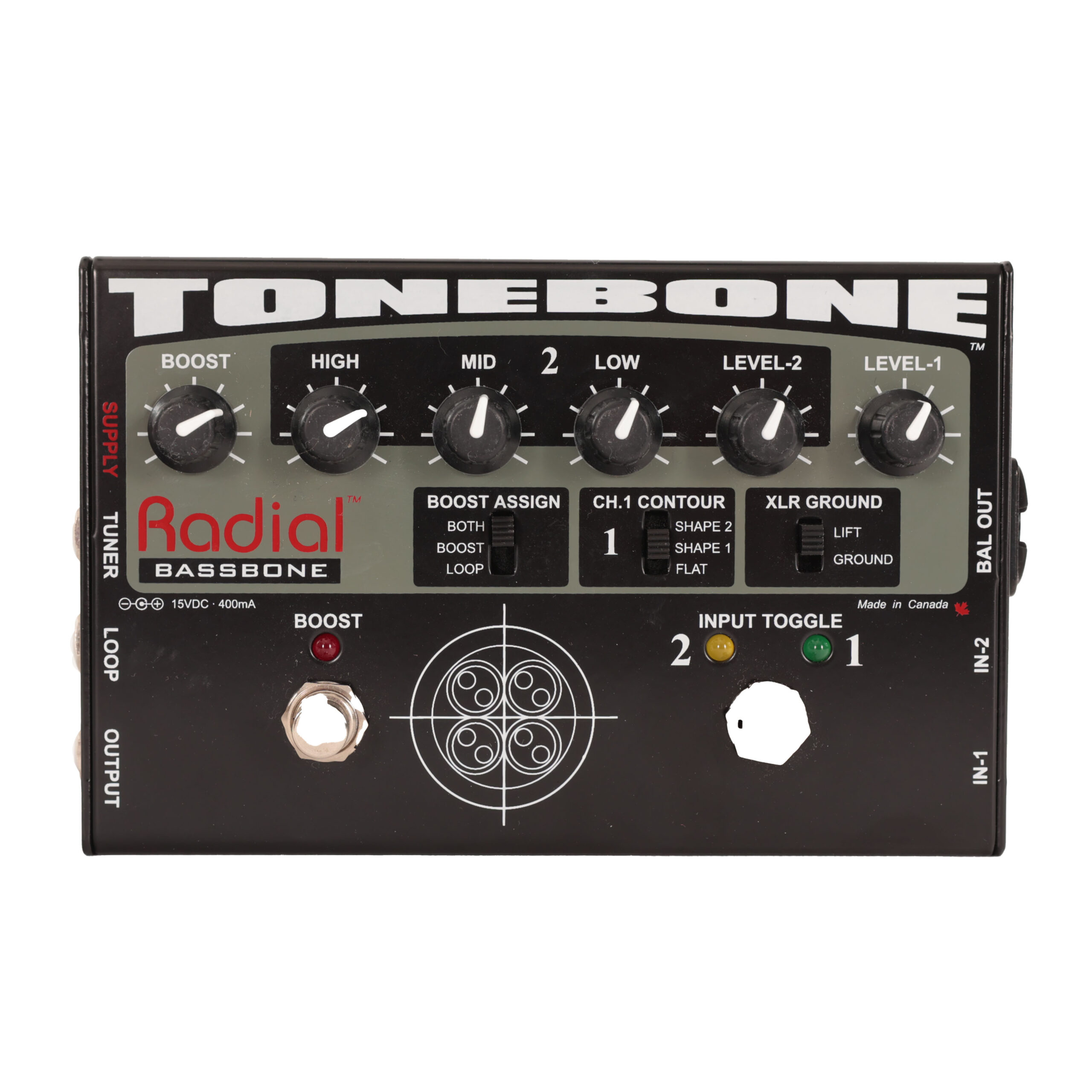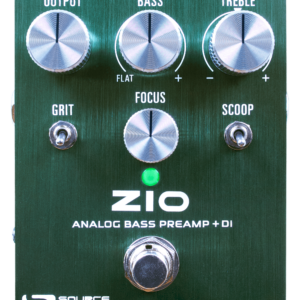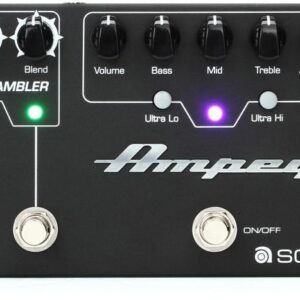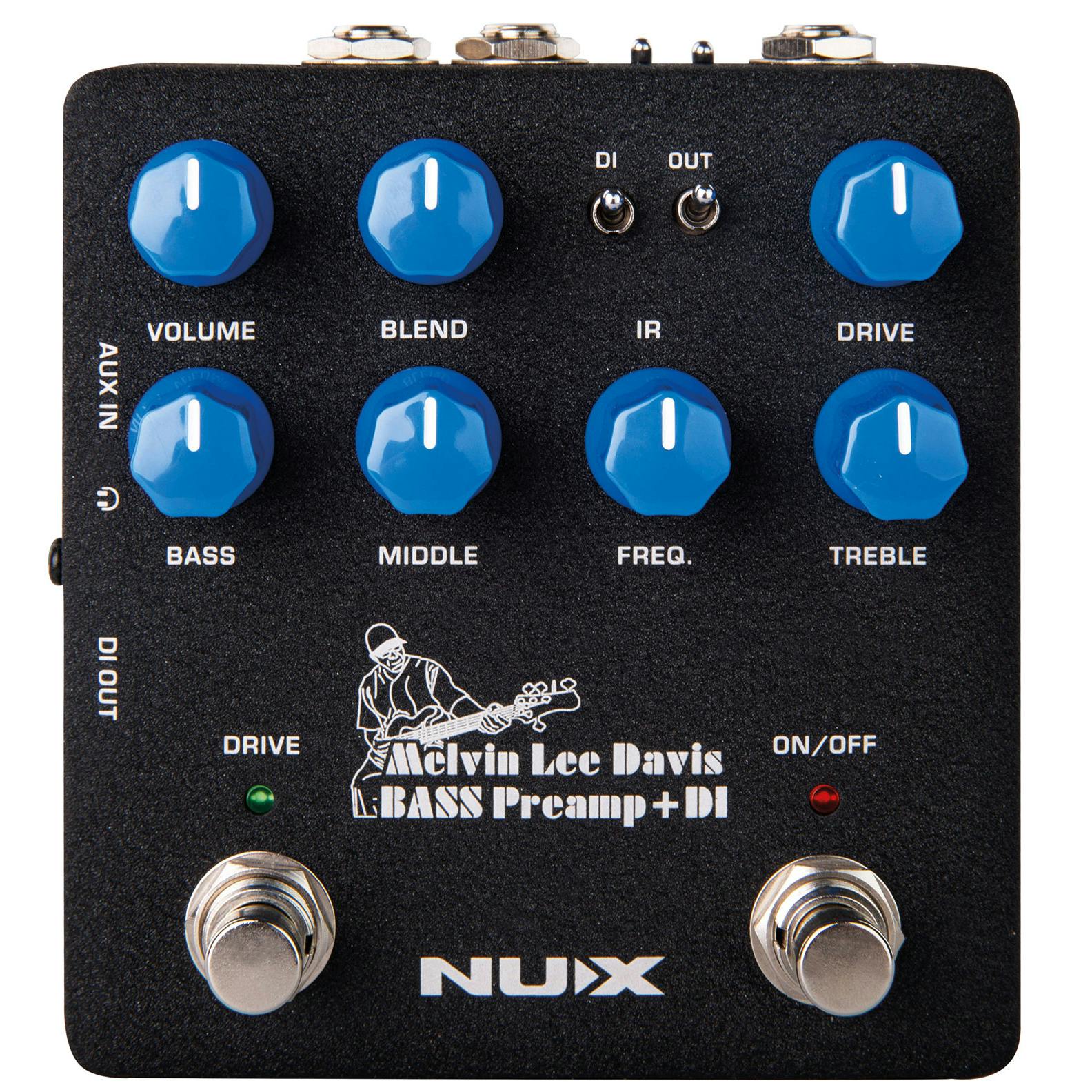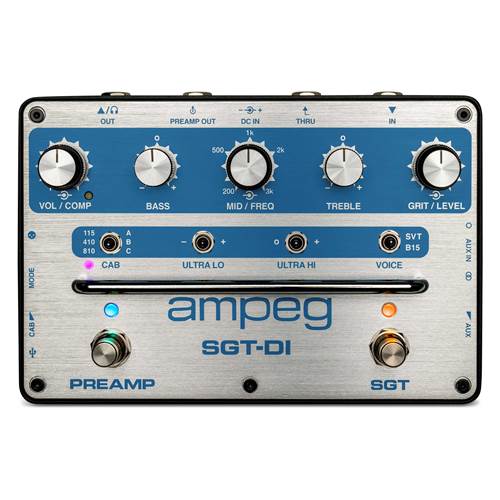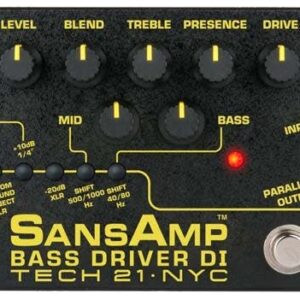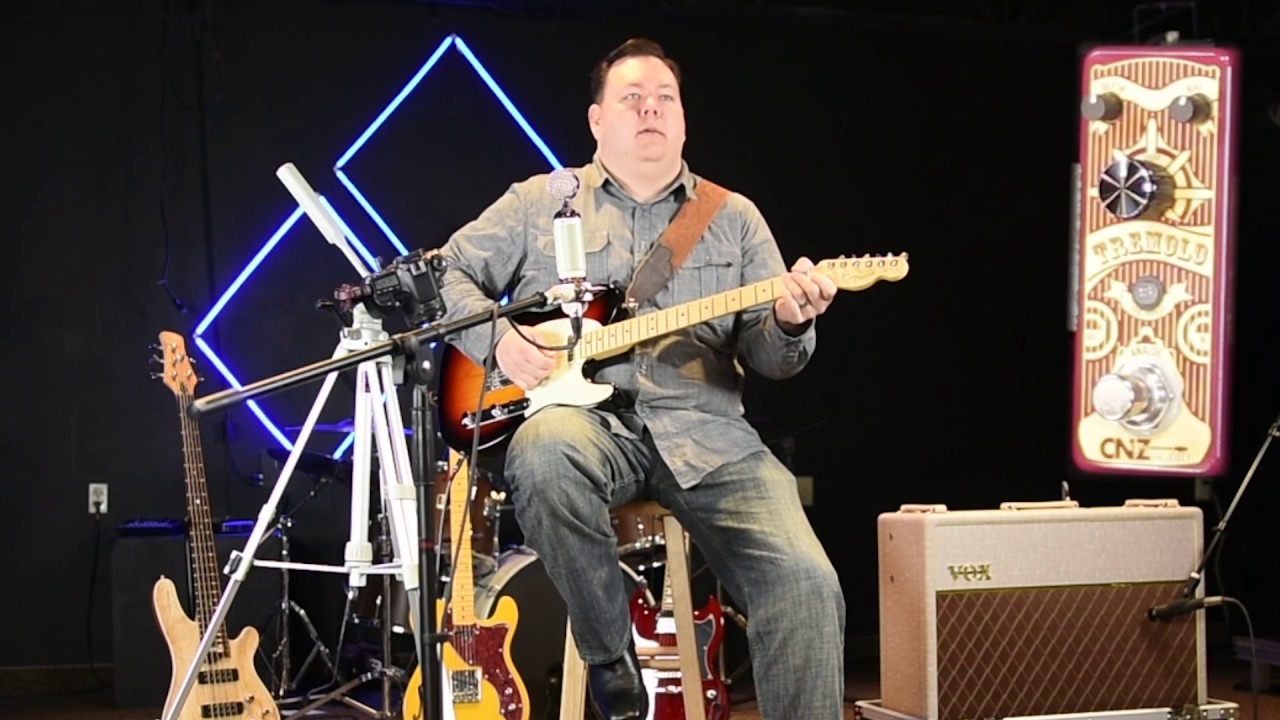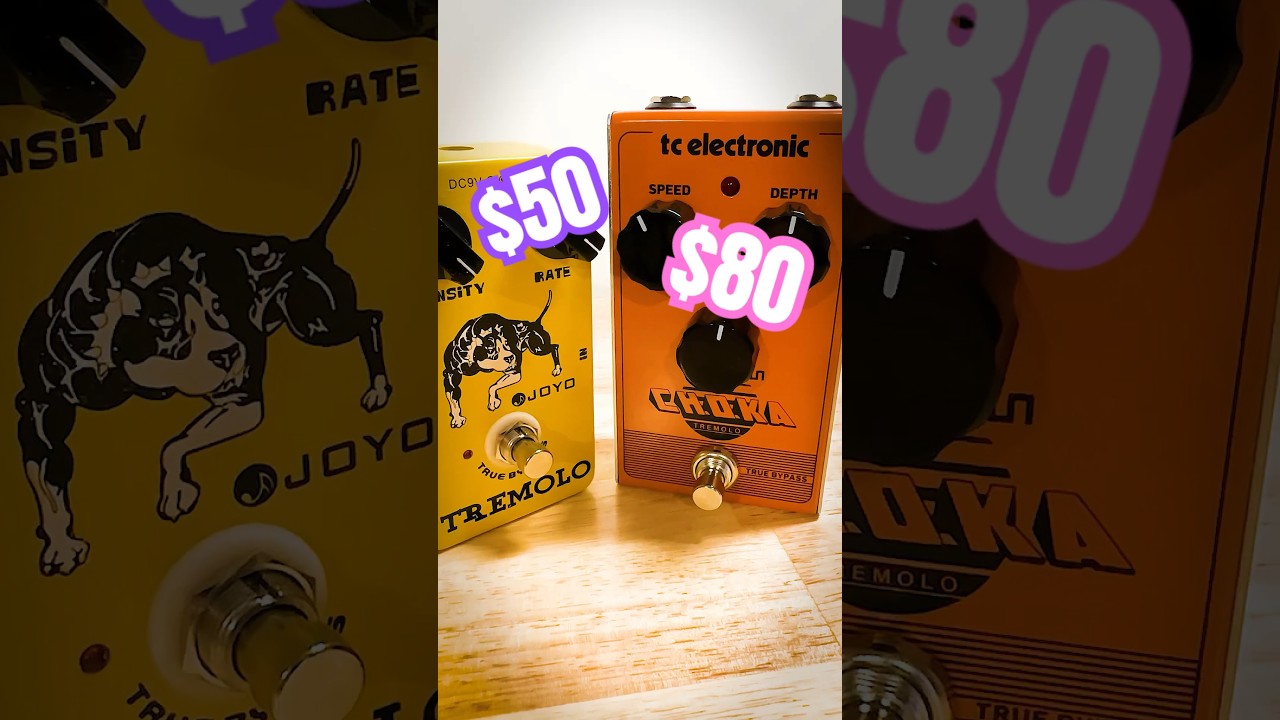Description
The Second Hand Radial Bassbone Bass Preamp & DI Box 335 is currently retailing at £149 and it is in stock. Available to be delivered to you by post direct (some charge may apply). The top pedal chef at Just Pedals thinks that Radial Engineering nailed it here. Second Hand Radial Bassbone Bass Preamp & DI Box 335
We have new and used Radial Engineering musical equipment available on our website for fast direct delivery from sellers across the UK & Europe.
Radial Engineering Ltd. is a leading manufacturer of professional audio products, specializing in high-quality signal processing equipment, DI boxes, and audio interfaces. Founded in 1991 in Vancouver, Canada, Radial has earned a stellar reputation among musicians, engineers, and producers for their robust build quality, innovative designs, and transparent sound. Known for their acclaimed Radial DI boxes such as the JDI and ProDI, as well as their versatile signal routing solutions like the Radial SW8, Radial’s products are trusted in studios, live sound environments, and touring rigs worldwide. Whether you’re looking for clean, reliable signal conversion, precision tone shaping, or seamless integration of audio systems, Radial offers a comprehensive range of professional-grade solutions designed to meet the demands of today’s audio professionals.
In the realm of guitar effects, “bass” pedals are designed specifically for bass guitars, enhancing their low-end frequencies and allowing bassists to shape their tone and explore new sonic possibilities. These pedals cater to the unique characteristics of the bass guitar and provide various effects to modify its sound. For instance, overdrive and distortion pedals add gain and saturation, giving the bass a gritty or distorted tone. Compression pedals help even out dynamics by smoothing out the volume of loud and soft notes, resulting in a consistent and punchy sound. EQ pedals enable bassists to sculpt their tone by boosting or cutting specific frequencies, allowing them to emphasize certain parts of the sound or compensate for room acoustics.
Other popular bass effects include envelope filters, which produce dynamic filter sweeps in response to playing dynamics, adding rhythmic groove to bass lines. Octave pedals generate harmonies one or two octaves below the original note, creating a fuller and more powerful sound. Modulation effects like chorus, flanger, and phaser add depth and movement by modulating the pitch or phase, creating swirling textures and enhancing the overall presence of the bass line. Lastly, delay and reverb pedals introduce ambience and spatial depth, adding echoes and reflections that enhance the sense of space in music. These diverse effects allow bassists to expand their sonic palette and express their creativity in numerous ways.
Just Pedals is a new Guitar Effect Pedals Marketplace – We feature new and used Guitar Effect pedals from different sellers, to purchase online from the UK.
We checked and good news we have it in stock, it has your name on it.
Order today and we will have it with you in a jiffy !
A preamp pedal boosts the guitar signal to line level before it reaches an amplifier, shaping the tone and adding warmth, character, or gain. Preamp pedals can be used to simulate the sound of an amplifier’s preamp stage, providing overdrive, distortion, or clean tone shaping. They can also be used to drive amplifiers harder or to add tonal colour and EQ adjustments. Some preamp pedals are designed to mimic classic amp sounds, such as those from Fender, Marshall, or Vox, while others offer more modern, transparent tones. Well-known preamp pedals include the Tech 21 SansAmp, Electro-Harmonix Soul Food, and MXR M81 Bass Preamp, making them a useful tool for tone shaping in both live performances and studio work.
Just the latest videos
Just related products
£30.30
100% New Made of High Quality Meterial, Stronger And More , Improve The Appearance Easy to use,Easy to replace
